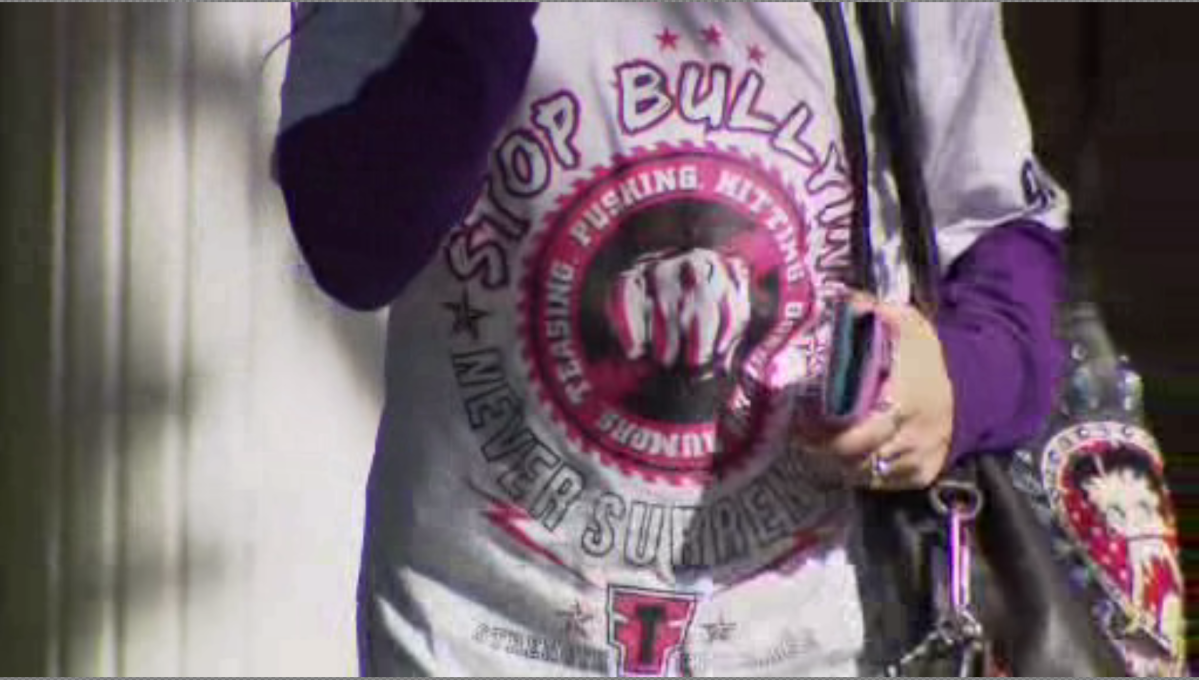The bullying prevention and intervention panel that was established following the stabbing death of a Hamilton high school student in October 2019 has released its findings.

The final report from the Safe Schools panel heard from about 10,000 people who shared their experiences with bullying across the Hamilton-Wentworth District School Board (HWDSB) system.
It was the fatal stabbing of Devan Selvey outside Sir Winston Churchill Secondary School on Oct. 7, 2019, that prompted the public board to call for the independent review, which was conducted by Dr. Jean Clinton, Dr. Gary Warner, and Brenda Flaherty.
After surveying and holding public engagement sessions with the community, the panelists compiled their findings in the 102-page report, which includes 11 recommendations that the board should implement in order to improve how it handles bullying incidents.
59.8 per cent of students who were surveyed for the review said they had been bullied in the year prior to the pandemic, and 19.7 per cent reported that they were bullied on a regular basis.
Those figures are higher than the national average in 2017, when just over 30 per cent of Canadian students reported being bullied at least once by their peers and between 7 to 10 per cent said they were bullied on a regular basis.
Dr. Clinton said the panel’s findings are likely higher because it’s the most up-to-date survey that has been conducted and said newer surveys in other school boards would likely show similar spikes in bullying, as the stresses in society have increased over the past few years.
Of those who reported being bullied, the majority of students belonged to a marginalized group — including students who are LGBTQ2, as well as students who were bullied because of their race or ethnicity, newcomer status, disability, religion, or Indigenous identity.
“My child came home crying and angry because someone had called him the ‘N word’ and nothing had been done,” said one parent who was quoted in the report. “I wasn’t called or contacted. They want parents to be partners but we’re not treated that way.”
Specific examples of bullying cited in the report included physical violence, sexual assault, threats, and use of weapons, as well as bullying rooted in racism, homophobia, and transphobia.
“My daughter in Grade 1 has a learning disability,” said another parent, whose child’s experiences were highlighted in the report.
Dr. Clinton said a lack of communication and inconsistency when it came to reporting bullying was a common theme.
“Phrases like ‘a lack of action’, ‘poor follow-through’ were used very frequently during the consultations,” said Dr. Clinton.
“We heard and felt people’s frustration. We heard from students, everyone, that there’s a lack of real clarity, transparency, and accountability when it comes to bullying, reporting, and response in schools.”
Parents and students who took part in the consultations described the environment in Hamilton public schools as having a “culture of fear” that normalized bullying and a “snitches get stitches” mentality that prevented both students and teachers from reporting experiences.
The panelist issued eleven recommendations as part of the report, including:
- Increase student ownership and seek out and listen to student perspectives
- Involve parents, guardians, and caregivers in bullying prevention and response in meaningful ways
- Develop multi-tiered supports and programming
- Support schools so they can establish their own bullying prevention and intervention plans
- Examine special education practices from a student-centred learning perspective
- Review policies and procedures from equity, anti-racism and antioppression perspectives
- Ensure policies and procedures are followed consistently
- Set the foundation for a culture of caring
- Strengthen the leadership skills needed for culture change
- Work with a wide range of community partners
- Ask the Ministry of Education for support
Manny Figueiredo, director of education for the HWDSB, said the board will prioritize acting on those recommendations, despite the pandemic and its impact on whether or not students are learning virtually or in-person.
“To me, it’s a critical time to engage, and the level of engagement with our parents and students will be critical,” said Figueiredo. “And I’m sure it’ll vary, depending what mode we might be in. But to pause … until we return to normalcy is not acceptable at this point in time.”
The board will be discussing the report’s findings during its meeting on Monday evening and is expected to approve the report, as well as its recommendations.





Comments